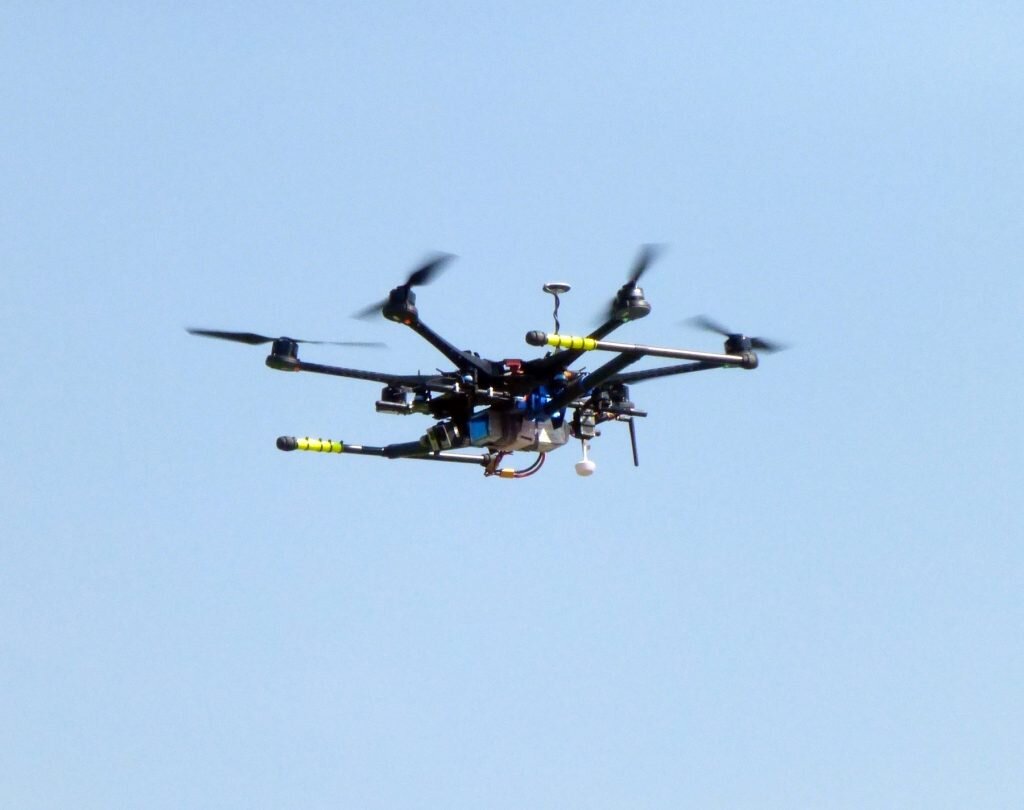Town Hall: SPACs driven by seasoned institutional investors

exc-6045d238f065901ce7750547
The increased use of technology through Covid-19 has helped win investment in autonomy and artificial intelligence (AI), said Kirsten Bartok Touw, managing partner, AirFinance, at Revolution.Aero’s Town Hall earlier this week.
“People are significantly more interested since Covid-19. They feel like they lost out on Tesla or SpaceX when they were early and now, they want some exposure to emerging companies that are going to rapidly transform the landscape through technological evolution,” she said.
Although it is an exciting time for aerospace innovation, Bartok warned that investing in the public markets – primarily through SPACs (Special Purpose Acquisition Companies) – is not for everyone.
Last year, the average SPAC investment was $334.8m for the 248 companies which went public through SPAC mergers. In the first two months of 2021, there are already 228 announced, according to SPAC Insider.
Financial Times’s San Francisco correspondent, Patrick McGee, said the SPAC era has meant “a bunch of private R&D projects are now public”. He added: “Reporters are going to reporting on hundreds of companies in the next few years that have no profit and no revenue in the short-term pipeline.”
The investment in SPACs is being driven predominantly by institutional investors, according to Bartok. They are aware of the risks of investing in early-stage companies such as QuantumScape and Archer Aviation.
There are only a small number of retail investors looking into this space. “It is important for investors to remember that there is a possibility of losing your money, if things do not go well given the stage of the technologies.”
Further, merging with a SPAC and becoming public for these companies is not an easy task. Bartok said: “The company has to be large enough and have a total addressable market to be a public company. They also need to be ready to be a public company – which means a very large corporate team, not just software or strategy.”
Companies need to have an audited financial statement and other controls in place, which takes organisational capability. Then, they must have the cash to hire a large team as well as understand where they are on the revenue spectrum.
“Are you pre-revenue or early in revenue? What are you going to tell the public markets throughout this period until you are at revenue? There is so much it takes to be a public company that some people might be going out thinking ‘I can do this now’, even though from an infrastructure place they really need to be ready.”
New SPAC: New Vista Acquisition Corp
Having recently announced a new SPAC called New Vista Acquisition Corp, alongside co-directors Dennis Muilenburg and Travis Nelson, Bartok has personal experience. The SPAC is valued at $250m and will “focus our search for a target business operating in the aviation, aerospace and defence industries”.
She said it is important for SPACs to have a strong combination of those that can execute the deal and operating executives with public market experience – such as ex-Boeing CEO Muilenberg.
New Vista will be supported with additional directors with years of experience at Rolls-Royce, Maxar Technologies and the US Air Force. Advisors from NASA, Universal Hydrogen and Uber will also be involved.
The next step for Bartok’s SPAC is talking to management teams and looking to find a partner to merge with.
“I also think it is going to do a lot to keep technologies domestic in the US. If we look at this from a national security issue, we have not had a sovereign fund to invest for a long time. This is a great example of capitalism innovating to enable these companies grow and develop domestically.”
SPACs are an indication of crossover capital – or growth capital – meaning that companies need to be ready for everything that comes with going public. “It is a tightrope and you have to be as prepared and careful to go through that path.”
Companies that are interesting for mergers with SPACs are those which are mature enough and have a valuation that is appropriate for the public markets. “This means they have less technology risk behind them and more manufacturing and operational risk ahead.”
Which will go autonomous first? Cars, planes or air taxis
Addressing the topic of the Town Hall, Bartok said autonomy will be there eventually, but it will begin with removing tasks for the pilots and remotely piloted first. “It’s not binary. It is a gradual progression.”
She said autonomy is a step function like pilot assist. “If you remove jobs for the pilot, then that is making the pilot’s life easier.
“This is a long-term horizon. Everyone talks about autonomy or VTOLs or drone delivery to be there in one, two or three years, but you can’t look at it like that – it’s a progression, a step function. So, I think about the next 20 years when autonomy is really going to come in.”
Bartok thinks it will be drones which will be autonomous first, “whether that’s remotely piloted or making decisions to sense and avoid”.
Watch the full Town Hall meeting here:







